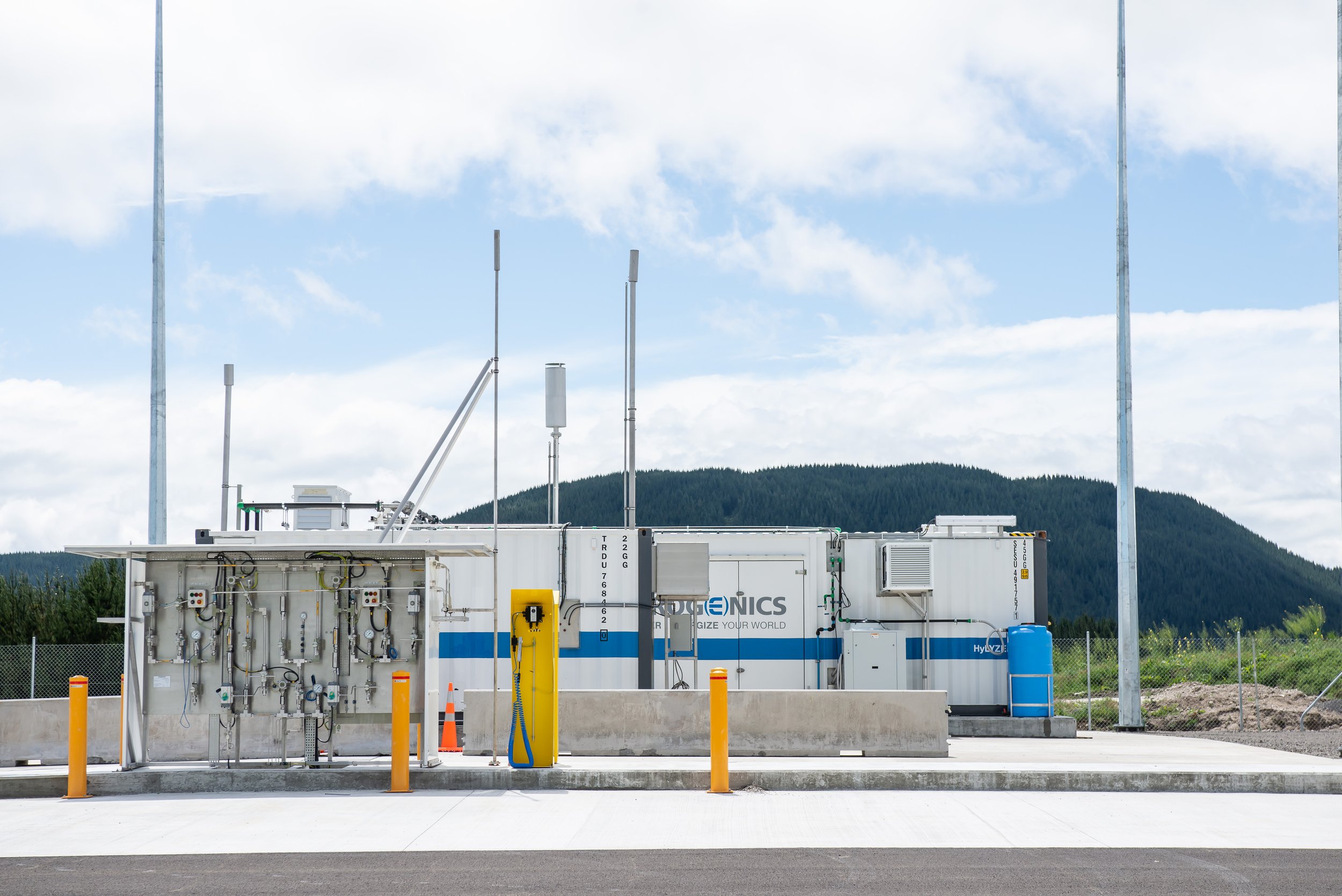
Frequently asked questions.
Plant capacity and likely production figures…
The plant capacity is 1.25MW, which can produce 180 tonnes of hydrogen per year – using electricity from the adjacent Tuaropaki Power Company’s geothermal power station.
Expected carbon reductions…
Estimates are that around 180 tonnes of hydrogen could fuel 1000-1200 passenger vehicles or 30 delivery trucks or buses per year.
A Hyundai Xcient fuel cell truck is expected to save around 50 tonnes of CO2 per year in place of a diesel truck (based on 80,000kms). A 5kg fill for a private passenger vehicle (Hyundai Nexo, Toyota Mirai) could be expected to yield 600-800km in range. There are several Hyundai NEXO vehicles in the country as well as some Toyota Mirai – both the earlier release and now the latest model (which will be involved in the corporate car sharing trial programme based in Auckland announced in April 2022).
Assumption basis for these figures: Bus/Truck - 20kg/d×6d/w×52w=6,240kg, 180,000kg÷6,240kg=28.8 units →25-30. Passenger vehicle - 16,000km/y÷100km/kg=160kg/y, 180,000kg/y÷160kg/y=1,125 units →1000-1200
Encouraging the uptake of hydrogen and growth of FCEVs…
Halcyon is providing a testing bed for hydrogen vehicles arriving here because it sees testing and validation as part of its role as a hydrogen innovator. Through the relationship that Halcyon has developed with Hyundai NZ, the company is providing green hydrogen for the start of commercial trials of the first Xcient (FCEV) truck in New Zealand. Halcyon has also refuelled Auckland Transport’s hydrogen bus and provided green hydrogen for Obayashi’s Toyota Mirai, a Mirai involved in the corporate car share programme and regularly refills the Tūaropaki Trust Hyundai NEXO.
Well to wheel
Halcyon’s green hydrogen plant, officially opened on December 9, 2021, is a joint venture between Tuaropaki Trust and Japan's leading construction company, Obayashi Corporation. Its 1.25 MW facility brings together technological expertise from New Zealand, Japan and internationally.
Because it uses electricity generated by Tuaropaki Power Company’s geothermal power station, Halcyon’s source of production energy is carbon-neutral renewable while the fuel it provides for transport will produce zero operating emissions.

